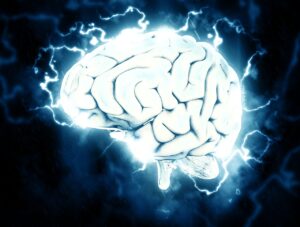
The intricacies of human learning have been a subject of scientific exploration for centuries. In our quest to empower the next generation, we must continually evolve our teaching methodologies. Today, I want to explore the fascinating intersection between Neuro-Linguistic Programming (NLP) and Learning Preferences, and how this synergy can revolutionise the way we instruct young people.
First, a brief explanation of NLP: Neuro-Linguistic Programming is a psychological approach that examines the connection between neurological processes, language and behavioural patterns. It suggests that these elements can be ‘programmed’ to achieve specific goals in life, including enhanced learning and communication.
Now, let’s dive into how NLP and Learning Preferences can work together in education:
Rapport Building:
NLP techniques for building rapport can create a more engaging and trust-filled learning environment. This is crucial for young learners who may be hesitant or lack confidence.
Personalised Learning Pathways:
NLP teaches us that each individual processes information differently. By identifying a student’s preferred representational system, we can tailor our teaching methods to combine strategies to make learning experiences more engaging.
Reframing Negative Self-Talk:
Many students struggle with negative self-perceptions about their abilities. NLP offers powerful tools to help reframe these limiting beliefs, fostering a growth mindset.
Anchoring Positive States:
By associating positive emotional states with learning experiences, we can help students develop a lasting love for acquiring new knowledge.
Chunking Information:
NLP’s concept of ‘chunking’ aligns well with cognitive load theory in education. Breaking complex information into manageable ‘chunks’ that match a student’s learning preference can significantly enhance comprehension and retention.
Future Pacing:
Using NLP techniques to help students vividly imagine their future success can boost motivation and goal-setting behaviours.
By integrating NLP principles with an understanding of individual learning preferences, we can create more effective, engaging, and personalised learning experiences for our students.
